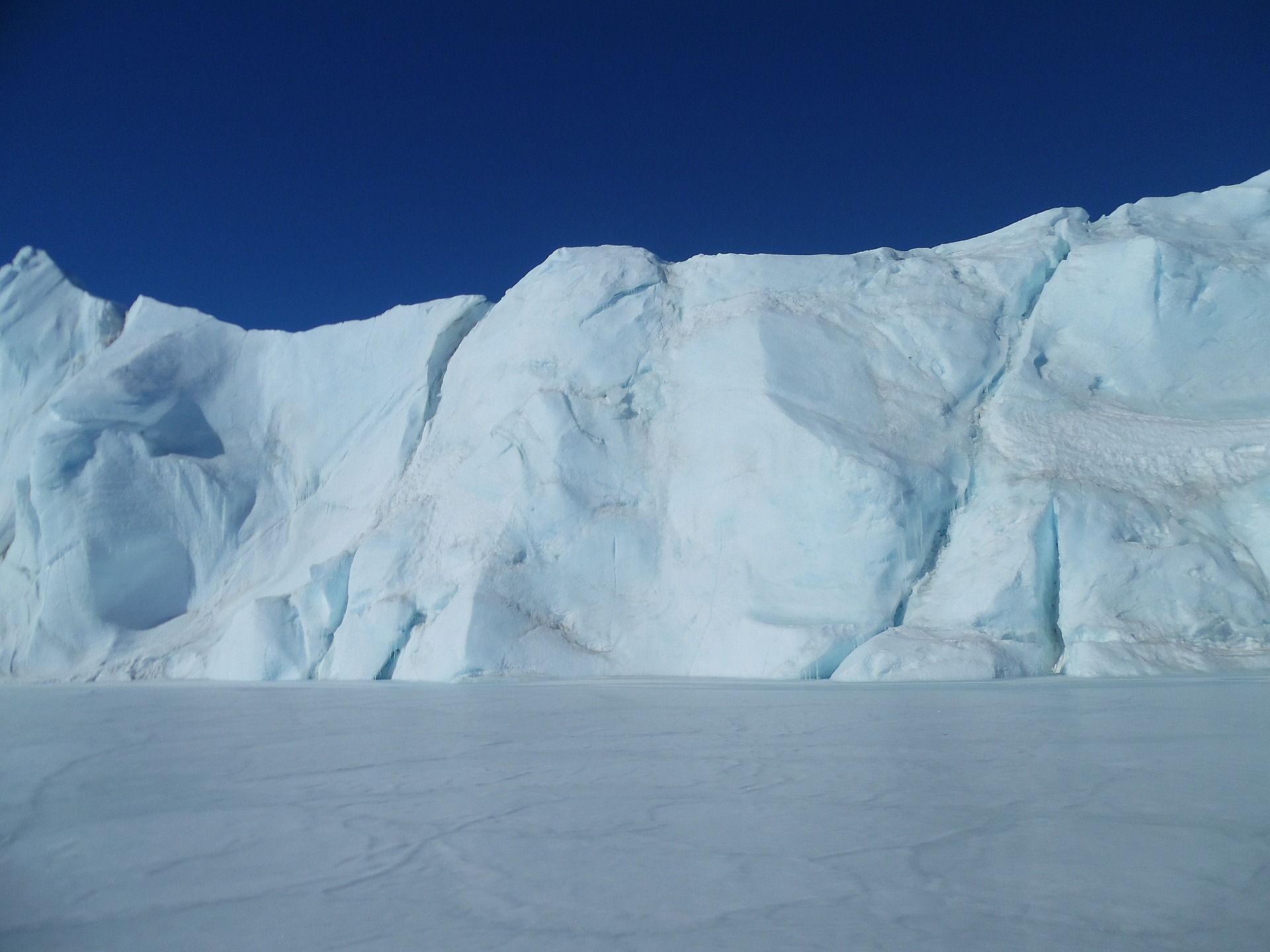
Scientists announced Wednesday that a rift in an antarctic ice sheet has finally split through, releasing a massive iceberg into the sea. The iceberg is over 2,200 square miles–about the size of the state of Delaware–and weighs a trillion tons.
This truly ‘breaking’ news comes after a 120 mile crack developed over several years on the Larsen C ice shelf. Scientists have been expecting the calving, watching the ice shelf for over a decade.
The rift propagation sped up in 2014, and Project MIDAS reported yesterday that the iceberg broke free. The break was detected in data from NASA’s Aqua MODIS satellite. It was confirmed by NASA’s Suomi VIIRS and Europe’s Sentinel-1 satellite-radar system.
The iceberg is now floating next to the shelf, about 900 miles south of Chile’s Tierra del Fuego archipelago. It has not drifted away, and will probably remain close to the Antarctic Peninsula for the time being.
The Antarctic Peninsula, home of the Larson C Ice Shelf
Because the body of ice was already in the water, it will have no immediate effect on ocean levels. But the calving could trigger a more rapid glacial retreat and ice breakup as the structure of the shelf gives way.
A MIDAS team glaciologist at Swansea University, Dr. Martin O’Leary, said:
“Although this is a natural event, and we’re not aware of any link to human-induced climate change, this puts the ice shelf in a very vulnerable position. This is the furthest back that the ice front has been in recorded history. We’re going to be watching very carefully for signs that the rest of the shelf is becoming unstable.”
As it has reduced the Larsen C ice shelf by about 12 percent, maps of the Antarctic Peninsula will need to be redrawn.
At over 650 feet thick, and twice the volume of water you’d find in Lake Erie, the new iceberg is one of the biggest in recorded history. It will probably be named A68, and its future is uncertain. It could break up into smaller icebergs, drift north and interfere with shipping channels, or just hang out for a while.

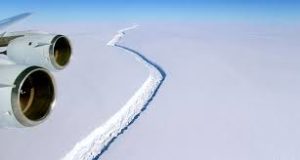
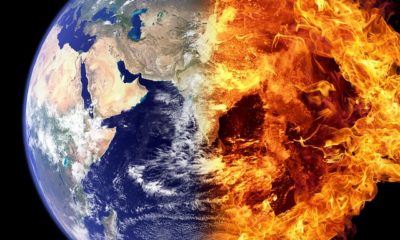
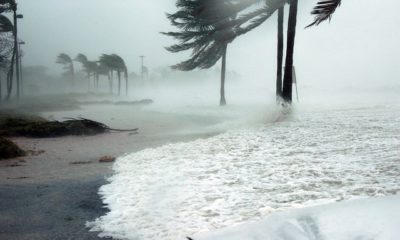
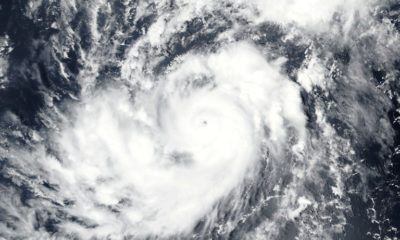

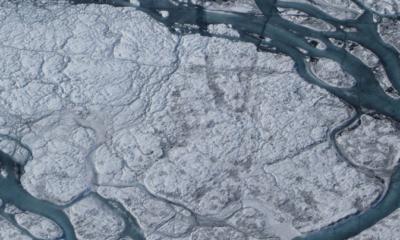
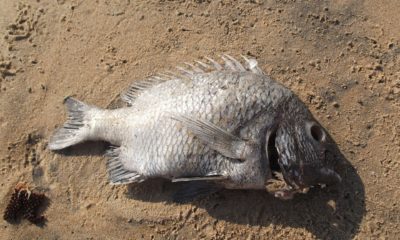
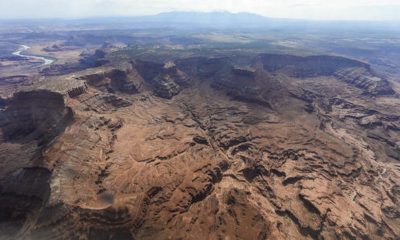
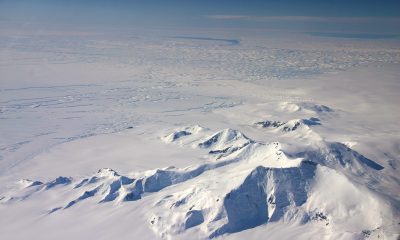
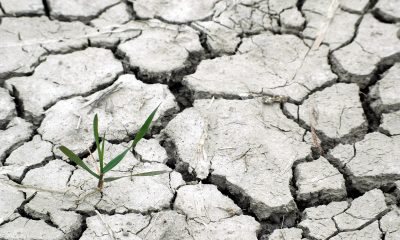





Facebook
Twitter
Pinterest
Google+
LinkedIn
Email